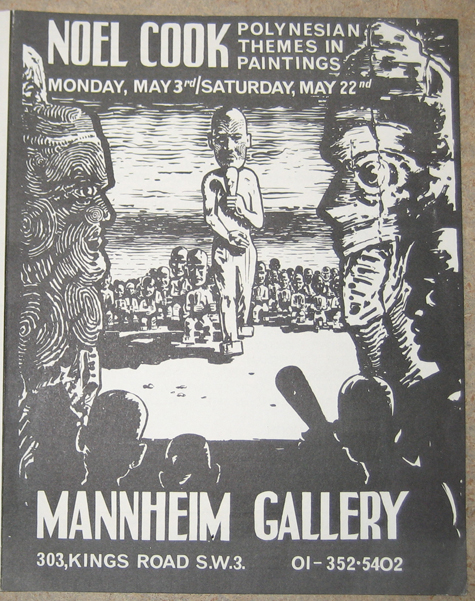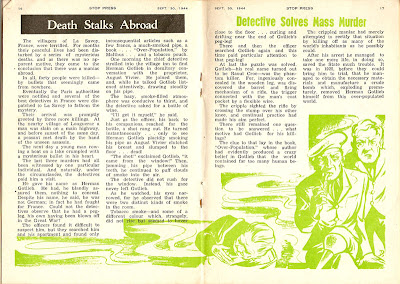Noel Cook was born in Foxton, Horowhenua, New Zealand in 1896. Cook's mother was Australian and his father William Thompson Te Rauparaha Cook, a compositor-journalist, in Foxton and later Masterton. Cook's father established
the Taumarunui Press enabling Cook a large supply of drawing paper as a child. After a brief time employed as a clerk Cook lied about his age to get enlisted and fought in the Great War.
After the war Cook took on work at The New Zealand Herald and The Auckland Weekly news. During this time he became friends with George Finey and Cecil 'Unk' White with all three going on to become significant artists and cartoonists in Australia.
Initially drawing in an old fashioned style, text separated from image,
Cook evolved, producing wildly inventive work with dynamic layouts
often populated by bizarre alien creatures. Cook was noteworthy for creating some of the earliest examples of science fiction comics with Peter and all the Roving Folk produced for the Australian
Sunday Times
in 1924. Cook was equally at home illustrating funny animal stories and produced many popular series such as Kokey Koala. Cook could work fast and long hours often completing fifty pages a month.
In the 1950 Cook moved to England working in a freelance capacity on Fleet Street before accepting editing positions with the childrens magazines at Fleetway Magazines. In 1959 whilst serving as Editor and Art Editor of The Children's Newspaper a nine week printer's strike gave Cook the opportunity to redesign the front page relocating the logo allowing for a dynamic cover layout. Two years before Cook passed away 1981 a retrospective exhibition was held in Auckland.
Several exhibitions of Cook's work in Australia, England and New Zealand were held during his lifetime including a group exhibition at the Royal Commonwealth Society that was opened by the Queen Mother. Some exhibitions focused on work with Polynesian themes hinting at Cook's Maori lineage through his father.
Adrift In Space Copyright 2012 Estate of Noel Cook
Sources: http://noelcook.comics.org.nz/index.html, http://www.lookandlearn.com/childrens-newspaper/index.php, ACE biographical portraits : the artists behind the comic book characters : the Australian comic book exhibition, Melbourne State Library.





























































